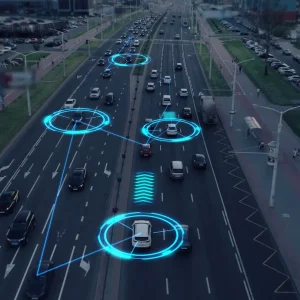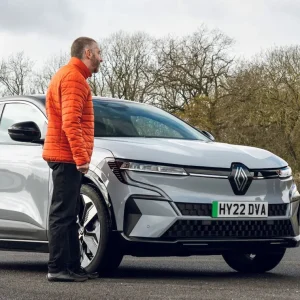EVs are becoming an increasingly popular option for business fleets, largely due to the associated cost and environmental benefits. Switching to an EV is an enjoyable experience, but many of the procedures will be new to drivers. Preparation is key and research will help businesses avoid being caught out with unnecessarily high charges.
For businesses considering introducing EVs into their fleet, it’s important to do some research on the available charging options and infrastructure. Accessibility, cost, and speed are all aspects of EV charging that differ from the experience of fueling a diesel or petrol vehicle.
In many ways, charging an EV is more convenient and cost-effective than fueling an ICE vehicle. However, there are a few pitfalls that drivers and fleet managers need to look out for.
Here, we outline the most important differences to expect between charging an EV and fueling a petrol or diesel car, to help businesses get the most out of their EV fleet.
Availability
Perhaps the most significant element of EV charging for businesses to consider is accessibility of charging infrastructure. Charger availability is improving all the time, but it’s still crucial for fleet managers to know the locations of the most convenient charge points for their drivers.
There are plenty of charging infrastructure manufacturers that operate within the UK, and many offer charge points across the country. BP Pulse, ChargeYourCar, and Electric Highway all operate nationwide infrastructure for a combined nearly 10,000 charging locations. In combination with almost 30 other mainstream charging providers, this figure increases to over 43,000 charging points at over 15,000 locations: that’s more places to charge an EV than public petrol stations in the UK. This is great news for businesses investigating an electric fleet, as increasing accessibility to charging infrastructure can directly help to alleviate range anxiety in drivers.
Moving forward, home-based EV charging will become more commonplace. Home charging will be a great option for businesses who operate their fleets primarily during the day, and can help drivers cut down on both charging time and cost. Home charging provides drivers with the ability to choose their own tariffs, tailored to their driving habits and frequency.
Cost
The cost of charging an EV is dependent on several factors, so it’s important to understand the differences to avoid high charges. Charging speed, membership fees and location all inform the final cost of charging each EV, and many manufacturers offer multiple payment plans to suit individual needs.
Monthly payment plans range from £4.99 to £68.00 per car, while yearly payment subscriptions can cost as little as £20. Most providers will also charge per kWh, depending on location – these prices range from 26p to 69p per kWh, and are generally discounted for subscribed members.
Even as EV charging is cheaper than petrol fuel, the UK government is still calling for more affordable options to make electric charging more accessible. The Transport Select Committee and MPs across the country are working together to help protect consumers from excessive charging costs that may hinder the accessibility of charging infrastructure. This includes providing charging options at workplaces and newbuilds, as property developers are called upon to include infrastructure in development plans.
Speed
EV charging speed presents the biggest difference in experience between charging an EV and fueling an ICE vehicle. The good news is that businesses can choose from a variety of charging options to suit driver needs and convenience.
EV chargers come in four widely available speeds: slow, fast, rapid and ultra-rapid. Slow chargers are ideal for businesses whose fleets operate primarily during the day and are perfect for home installation for overnight charging. These chargers generally take 10-14 hours to fully charge a vehicle.
For fleets that are constantly on the go, fast and rapid chargers are the best option. These chargers can take as little as 2.5 hours to charge and are offered by the greatest number of nationwide, public charging providers.
Ultra-rapid chargers are also available on six networks of public EV charging: BP Pulse, ChargePlace Scotland, Gridserve Electric Forecourt, Instavolt, Ionity, and Shell Recharge. This infrastructure can charge a vehicle in as little as 20 minutes and is perfect for high-demand fleets that travel across a wide range on a regular or daily basis.
Making the right decision
Businesses will need to start considering their suitability for an electric fleet sooner rather than later, as the 2030 ban is approaching fast. Fleet managers should plan ahead to educate drivers on behaviour adaptations that will help avoid high costs and longer charging times – especially for those drivers who commute or work field-based jobs that require fleet vehicles. Since usage dictates charging demand, businesses and drivers alike will benefit from knowing their most suitable charging options.
The most important aspect of this transition is research. Understanding the most sensible infrastructure for individual business needs will ensure a smooth transition – one that helps drivers learn the ropes of EV charging in a timely manner and keeps costs as a realistic level.
Chris Black is commercial director at Leaseplan UK





